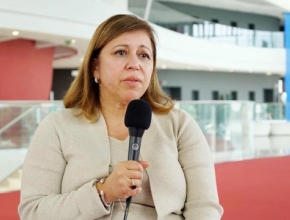What is new in the diagnosis and treatment of systemic vasculitis?
Bhaskar Dasgupta, MD: I think this is a very exciting area of development. What has changed is the diagnosis. We are now able to diagnose systemic vasculitis much better with the use of imaging, and I have referred to that already [see Initial management in rheumatologic emergencies]: ultrasound, cross-sectional imaging, such as positron emission tomography–computed tomography (PET-CT), magnetic resonance angiography (MRA), and that makes the diagnosis much clearer and you can do it better, without always requiring tissue. For example, in giant cell arteritis (GCA) we were doing temporal artery biopsies. It takes 2 weeks for the results to come back. Now we can do imaging and have the results immediately, at the point of care. That is a big development.
Also very exciting biologic agents are coming into use in the treatment of this vasculitis. For example, this year tocilizumab, which is an interleukin 6–blocking agent, has been found to be very effective in the GiACTA (Giant Cell Arteritis Actemra) trial and is licensed for use in GCA and large vessel vasculitis. The RAVE (Rituximab in ANCA-Associated Vasculitis) study led to the licensing and use of rituximab a few years ago in antineutrophil cytoplasmic antibody (ANCA) vasculitis and it has completely changed [treatment].
We have lots of interesting clinical trials about new molecules, biologic agents in development for use in primary systemic vasculitis.
 English
English
 Español
Español
 українська
українська








